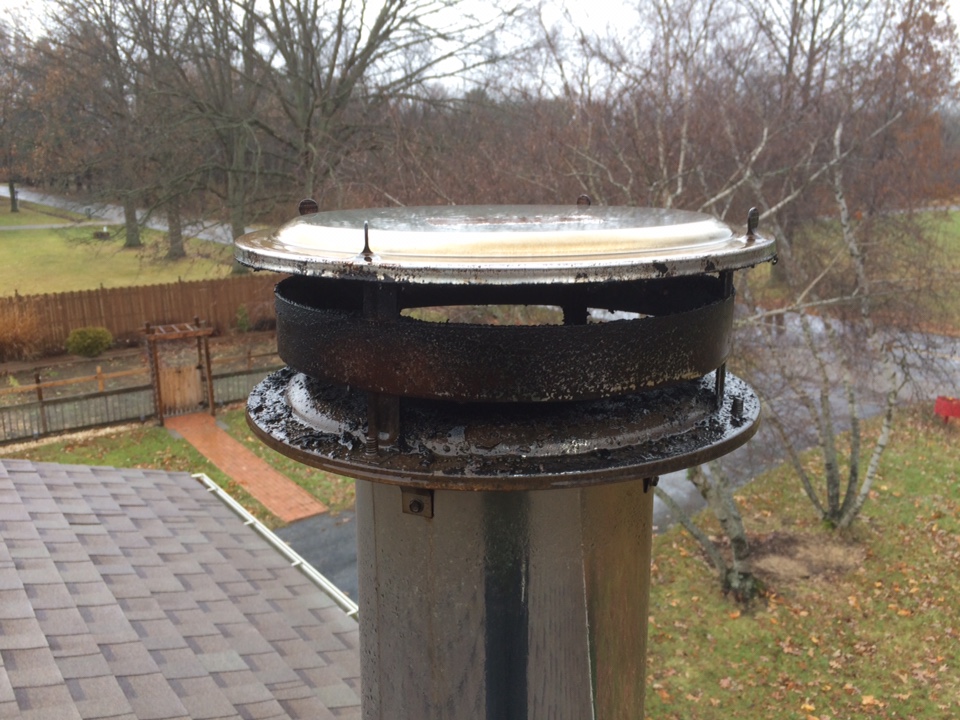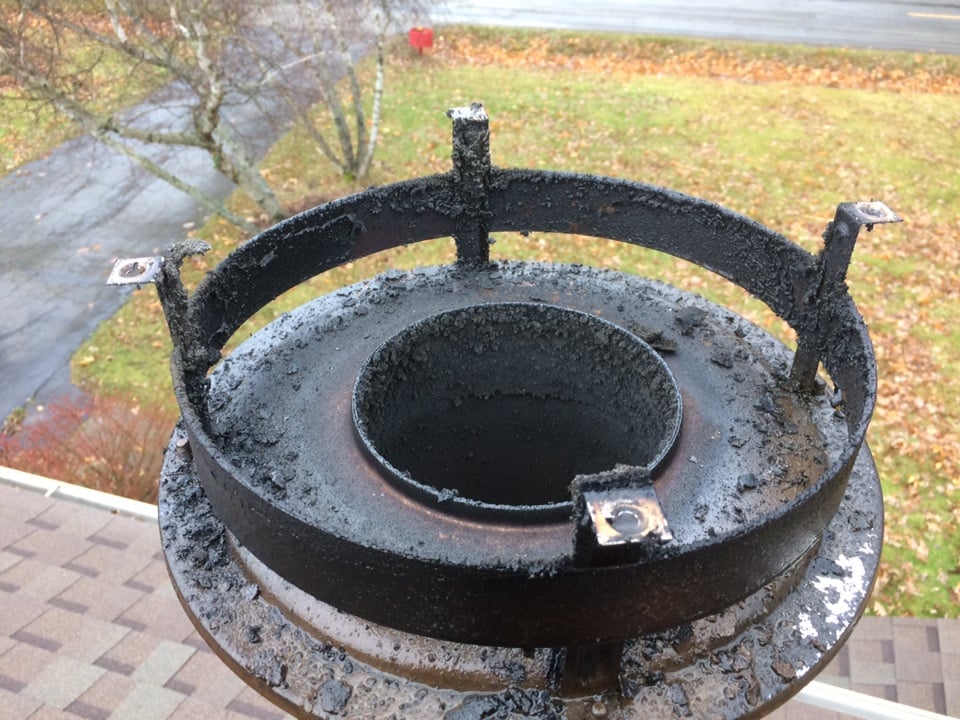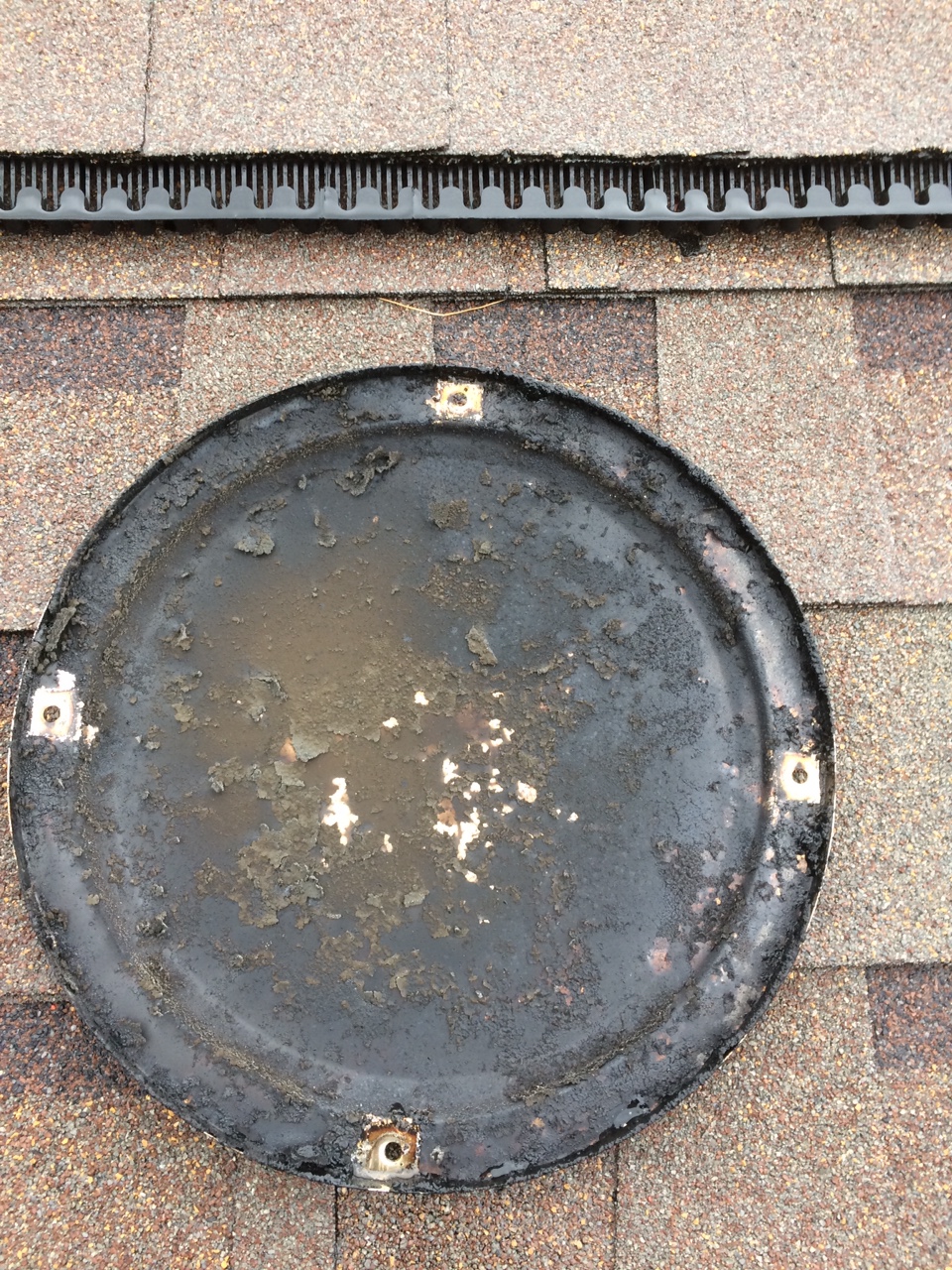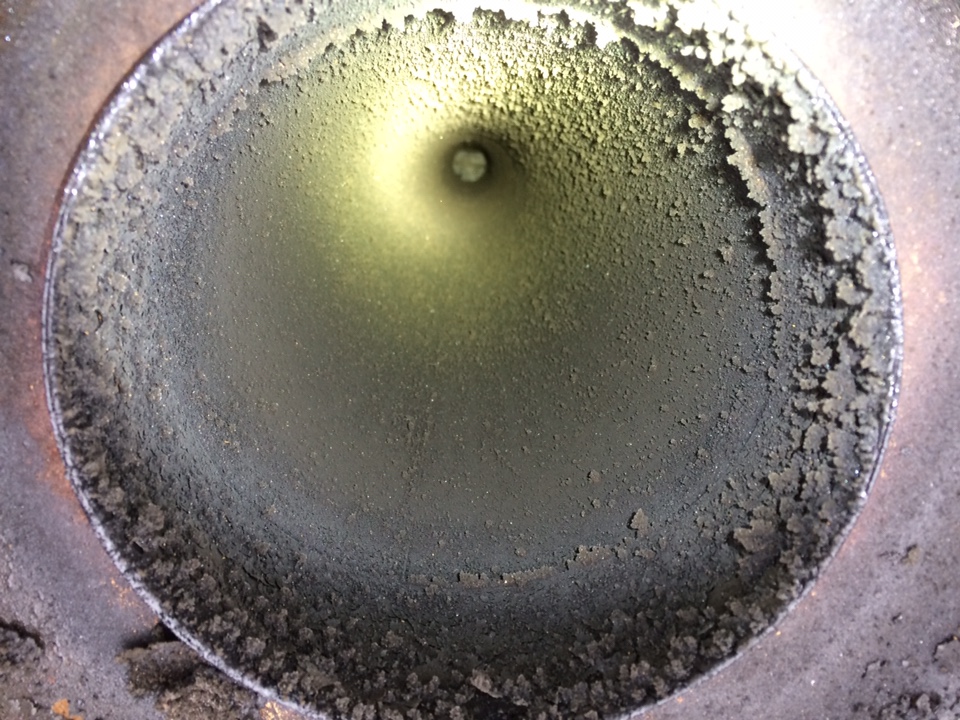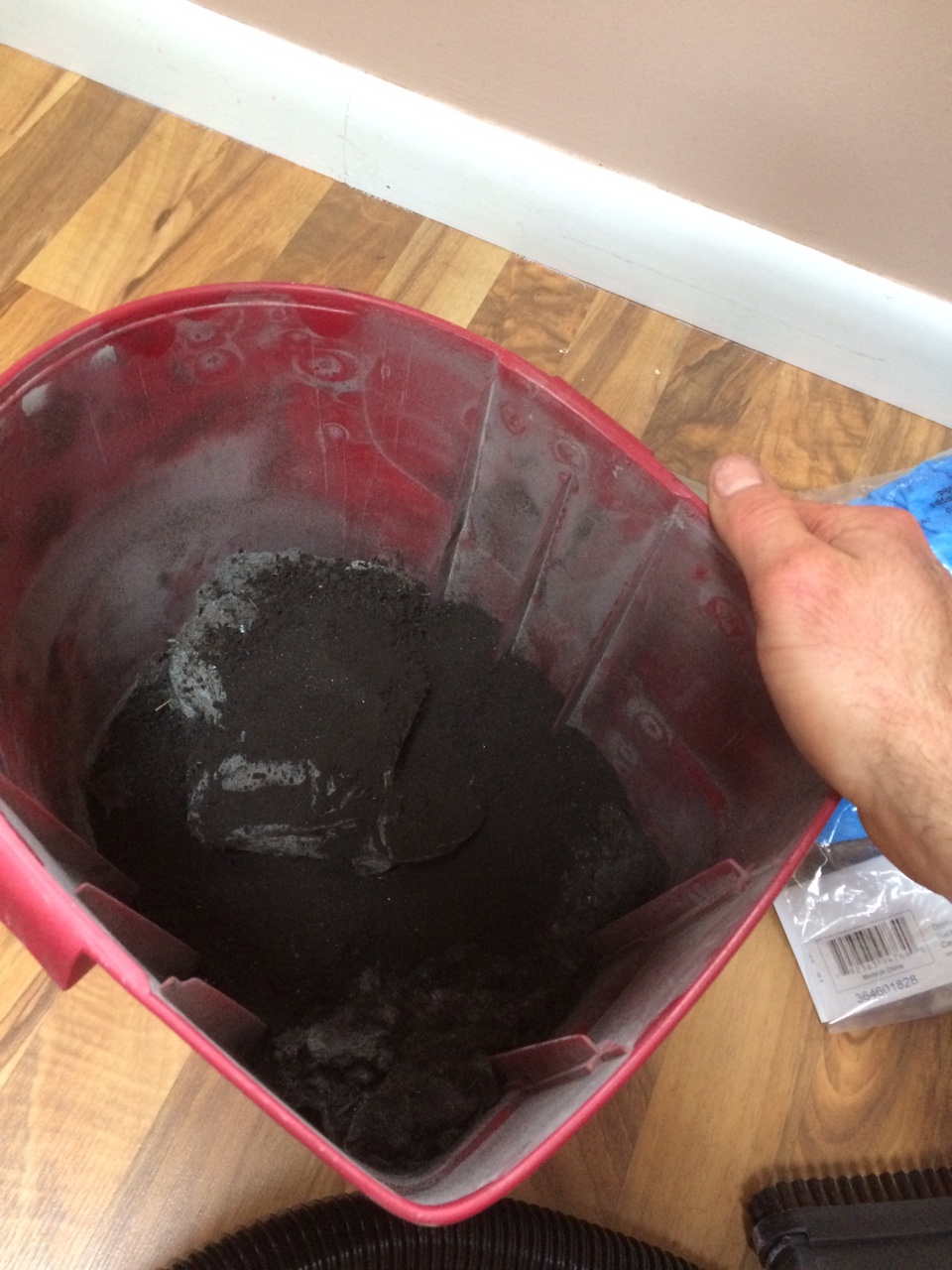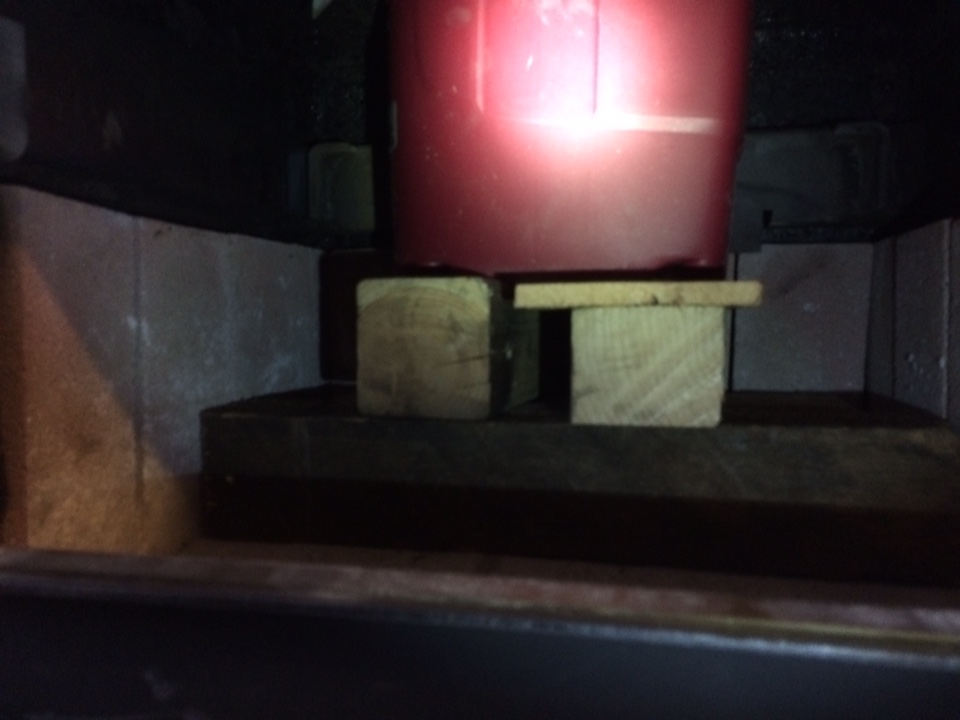Thank you for your insight sir
You get a little sick of cleaning?
As long as you have the process nailed down it shouldn’t be bad.
The first time i did it i was extremely thorough and took the stove completely apart, baffle, side plates that hold the baffle up, the insulation blankets, gasket, all the bricks. Just for learning sakes. Took 2 hours start to finish.
This time i only took out the baffle. Cleaned/scraped the top inside of stove, swept the pipe and done. Took about 30 min.
How long does yours take sir?
Sent from my iPhone using Tapatalk
If I have to do a thorough job due to wet wood, the process is as follows, and takes about 3hrs depending on how bad the deposits are inside the firebox.
If its not that bad, its only an hr or so depending on how choked up and how gooey it is.
Let stove burn out night before, cant work on a hot stove.
Take off rear boiler tube cover behind left stove top hob cover, with firebox door open, remove the plate at the rear of the firebox where the flue for the boiler tubes are.
From the top down, scrape away the deposits on the 1" sq boiler tubes, then using a cake lifting spatula, I scrape the deposits off the top part of the boiler, and next to the heat/cook damper and brush it all down the tubes at the back.
From the bottom of the boiler tubes I clean that area and up behind where you cant see clean, and then inside the firebox as required, the firebricks retain enough heat to burn away any deposits, but the top back of the firebox where there are none, needs cleaning.
Get on roof, remove cowl, and sweep top down, only takes 15min or so, then on the ground clean the cowl, and refit.
Back to the stove inside, remove the air flap that controls excessive draft, and vacuum up that which was swept, then remove the top damper plate 2x 5/16 bolts, and remove damper plate, and clean both it and where it slides so its free to move again.
Top of oven to the boiler damper, and the oven damper is brushed with a wire brush to help remove the fine dust that is normal, and brush the boiler/oven dampers free of deposits and sweep into the firebox, or vacuum up, or both.
If really bad, lift off the hotplate, and go to town scraping from the top down, but for the most part, you dont need to do that.
then its just a matter of putting the damper plate back in, refitting its holding legs, put the air flap back on the flue box, place the grate back at the rear base of the fire box where the entry point for the boiler tubes are and refit the wood burning grate pieces if you moved them. Take out ash pan, as now its really full and empty, whilst thats out, a careful check of where the boiler thermostat air flap is to ensure clean, and your good to go.
attached some pics if that helps.















